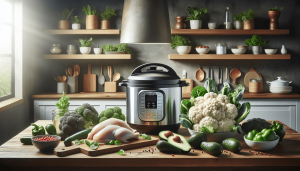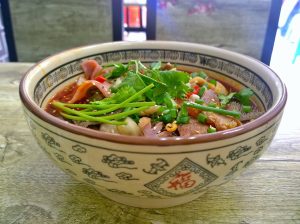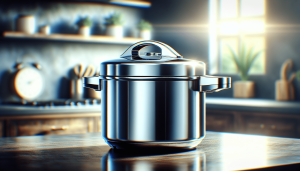Hey everyone! Today, we’re diving into the wonderful world of Instant Pots. These versatile kitchen gadgets have taken the culinary scene by storm, promising to make our lives easier and our meals tastier. However, like any tool, they come with their set of advantages and disadvantages. Together, we’ll explore the pros and cons of using an Instant Pot so we can decide if this trendy appliance deserves a spot on our kitchen counter. Let’s get cooking! Have you ever wondered whether investing in an Instant Pot is the right choice for your kitchen? As cooking enthusiasts and home chefs, we understand the value of having reliable and efficient kitchen appliances. In today’s world, where time is often in short supply, the Instant Pot has gained popularity for its multifunctionality and convenience. But, like any kitchen tool, it has its own set of pros and cons. In this article, we’ll explore the advantages and disadvantages of using an Instant Pot, and help you decide whether it deserves a spot on your countertop.
What is an Instant Pot?
The Instant Pot is a brand of multi-cookers that can perform several cooking functions in one device. These functions typically include pressure cooking, slow cooking, rice cooking, steaming, sautéing, and even making yogurt. Essentially, it tries to combine the capabilities of several appliances into one, saving counter space and potentially making cooking faster and easier.
Different Models and Features
Instant Pot offers a variety of models, each with its own set of features. Let’s briefly look at some commonly available models:
| Model | Key Features |
|---|---|
| Instant Pot Lux | Basic model with six functions: pressure cook, sauté, steam, slow cook, rice cook, and keep warm. |
| Instant Pot Duo | Adds yogurt making to the Lux’s functions and has a more elegant interface. |
| Instant Pot Duo Plus | Enhanced safety features, sterilize function, and additional customization settings. |
| Instant Pot Ultra | Customizable cooking programs and advanced features like altitude adjustment. |
| Instant Pot Duo Evo Plus | QuickCool technology, enhanced pressure release, and improved inner pot design. |
With different models catering to varied needs and budgets, it’s important to understand what each one offers to make an informed choice.
Pro: Time-Saving Capabilities
One of the biggest selling points of the Instant Pot is its ability to significantly reduce cooking time. Traditional methods, like braising or slow cooking, can take several hours, but the pressure cooking function can prepare meals in a fraction of that time.
The Science Behind Fast Cooking
The science is quite simple: by cooking food under high pressure, the boiling point of water is increased, allowing food to cook at a higher temperature, which speeds up the cooking process. For instance, instead of simmering a stew for three hours, you can have it done in about 45 minutes.
Real-Life Scenarios
For busy families or working professionals, this means you can go from frozen to cooked in under an hour. Imagine coming home and being able to prepare a wholesome meal without having to wait for hours.

Pro: Versatility and Multifunctionality
Having multiple cooking functions in one appliance can save us a lot of kitchen space and reduce the need for various single-purpose devices. Let’s dive into why this versatility is so appealing.
Function Breakdown
Here’s a table summarizing the most common functions and what you might typically use them for:
| Function | Typical Uses |
|---|---|
| Pressure Cook | Stews, fast cooking meals, meats |
| Slow Cook | Soups, casseroles, roasts |
| Rice Cook | Rice, grains like quinoa, oats |
| Steam | Vegetables, fish |
| Sauté | Browning meats, stir-frying |
| Yogurt | Homemade yogurt, fermentation processes |
One Device, Many Uses
Instead of cluttering our kitchen with a separate rice cooker, steamer, and slow cooker, the Instant Pot allows us to consolidate our appliances. This can also mean fewer dishes to wash, which is always a plus!
Con: Learning Curve
With all its features and capabilities, the Instant Pot can be overwhelming to new users. There’s a learning curve involved, and it’s important to be aware of this before diving in.
Getting Acquainted
Initially, you may find yourself consulting the user manual frequently. Understanding the different buttons, settings, and pressure release methods can be daunting. Moreover, converting traditional recipes to Instant Pot-friendly versions can require some trial and error.
Resources for Learning
Fortunately, there are numerous online resources, including blogs, video tutorials, and social media groups dedicated to Instant Pot users. With a bit of patience and practice, you can master your Instant Pot in no time.
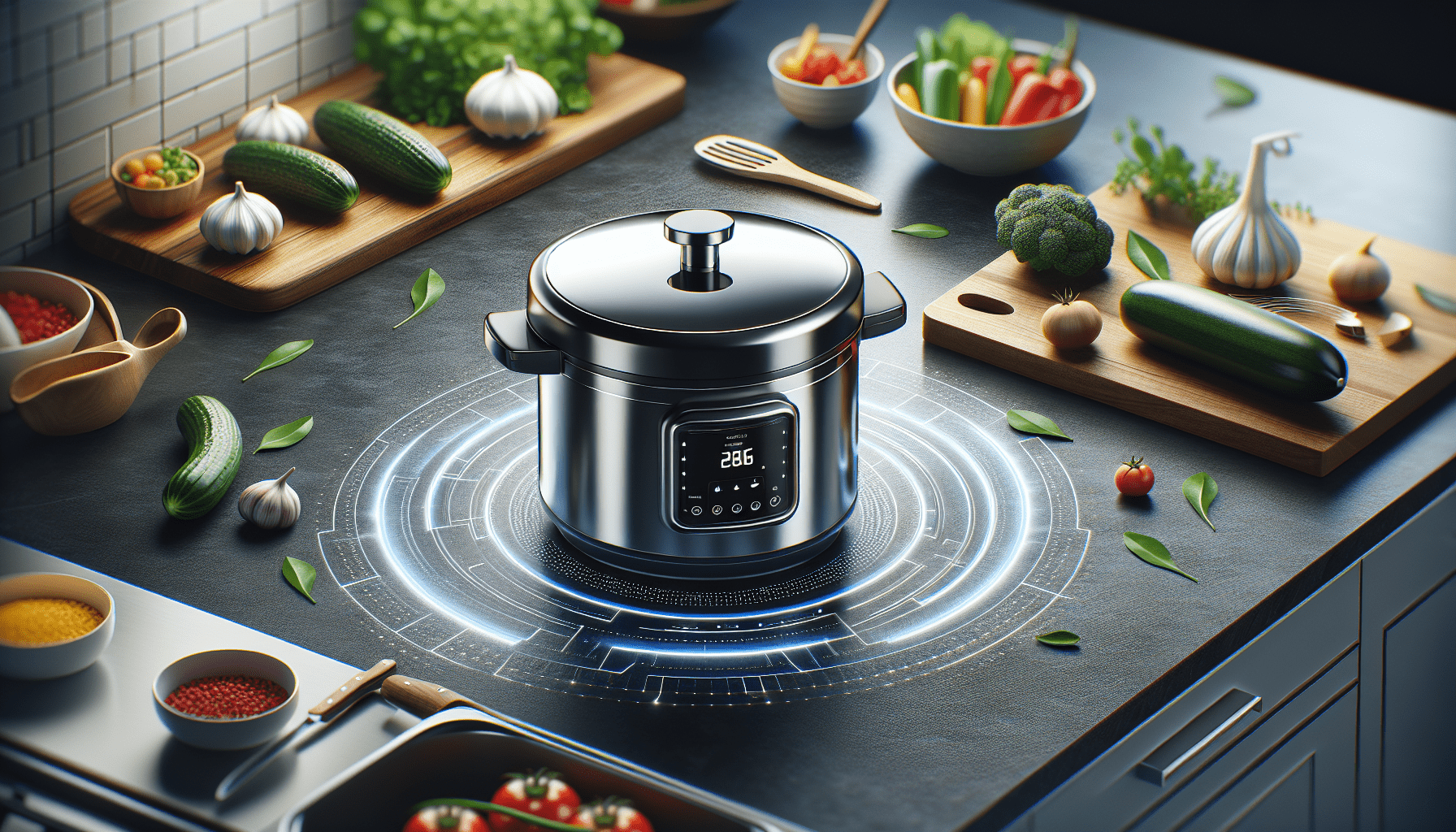
Pro: Energy Efficiency
Using an Instant Pot is generally more energy-efficient compared to traditional cooking methods, especially when it comes to long-cooking dishes.
A Greener Kitchen
By cooking food faster, the Instant Pot uses less electricity than an oven or a stove. It’s designed to keep heat inside the pot, maintaining a consistent temperature and reducing energy waste. For energy-conscious households, this is a significant benefit.
Comparing Energy Usage
To give you a clearer idea, let’s compare the energy consumption of using an Instant Pot vs. an electric oven:
| Appliance | Energy per Hour (approx.) |
|---|---|
| Instant Pot | 0.7 kWh |
| Electric Oven | 2.0 kWh |
As you can see, the energy savings can add up over time, which is great for both the environment and your utility bills.
Con: Size and Storage
One drawback of the Instant Pot is its size. Although it consolidates multiple functions into one device, it’s still a fairly large appliance and needs a fair amount of storage space.
Measuring Up
Typical Instant Pots are available in sizes ranging from 3-quart to 8-quart. The larger models, in particular, can take up a significant amount of counter or cabinet space. Therefore, if you have a small kitchen, finding a convenient spot for your Instant Pot might be challenging.
Considering Your Kitchen Space
Before purchasing an Instant Pot, measure the space where you intend to store it. Ensure you have enough room not just for the base unit, but also consider the height needed for the lid when it’s opened.
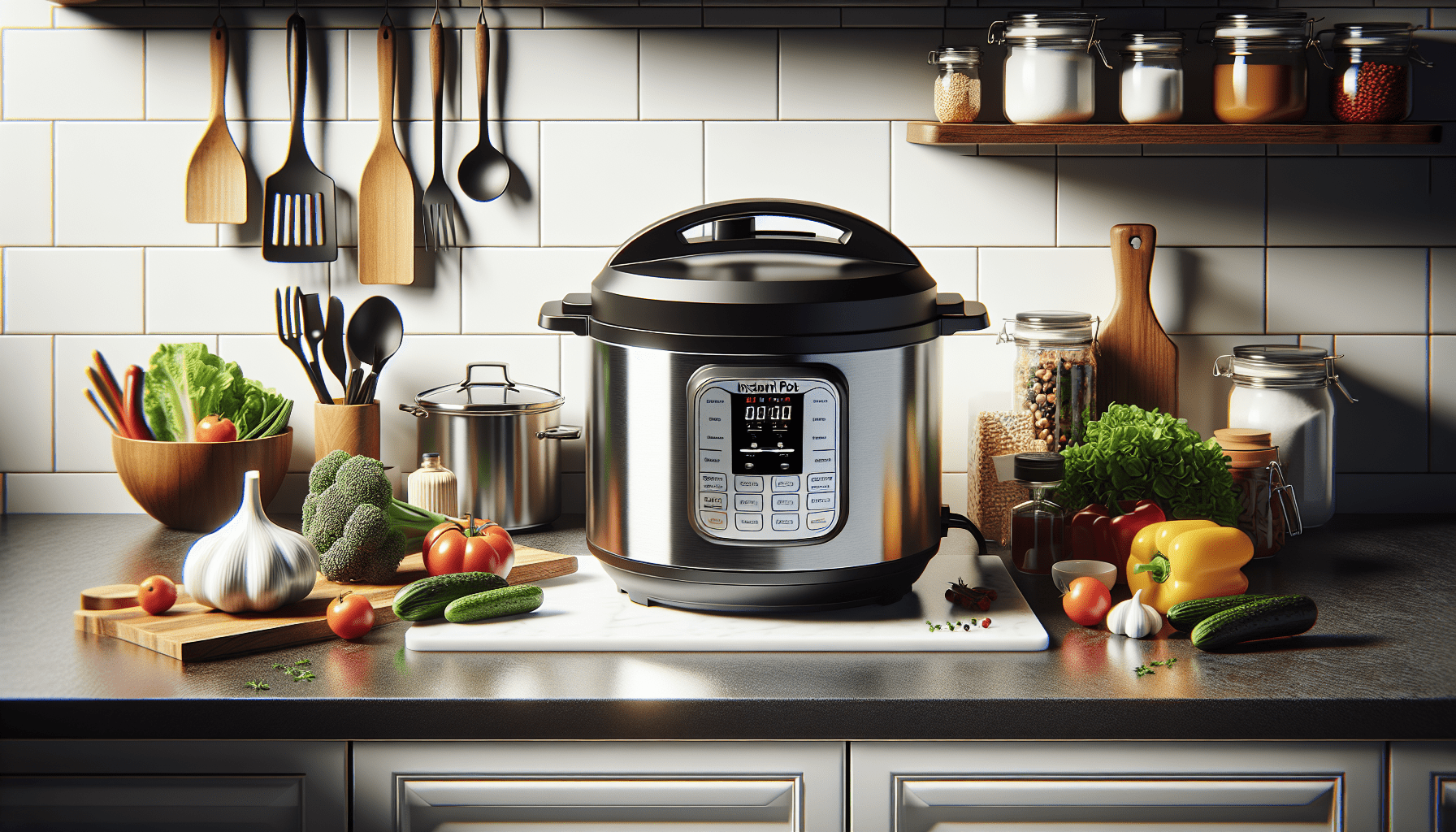
Pro: Retains Nutrients and Flavor
Pressure cooking helps retain nutrients that are often lost in other cooking methods. It also preserves the natural flavors of ingredients, leading to more flavorful dishes.
The Science of Nutrient Retention
Traditional cooking methods can lead to the degradation of heat-sensitive nutrients, like vitamins and antioxidants. Because the Instant Pot cooks food quickly under high pressure, fewer nutrients are lost in the process.
Flavorful Meals
Additionally, the sealed cooking environment traps flavors, making your dishes taste richer and more delicious. You’ll often find that ingredients like meats become more tender and flavorful when cooked in an Instant Pot.
Con: Initial Cost
Instant Pots can be quite an investment. While they can save money in the long run by replacing multiple appliances, the initial cost can be a deterrent for some.
Price Comparison
Instant Pot prices can range from around $50 for basic models to $200 for more advanced ones. Let’s compare this to the cost of buying separate appliances:
| Appliance | Average Cost |
|---|---|
| Slow Cooker | $30 – $60 |
| Rice Cooker | $20 – $50 |
| Steamer | $20 – $50 |
| Pressure Cooker | $30 – $80 |
In comparison, an Instant Pot may seem like a smart investment if you would otherwise need to buy multiple appliances. However, for those on a tight budget, the initial cost might be a hurdle.
Budgeting Tips
If cost is a concern, watch for sales, discounts, or consider purchasing a refurbished unit. Sometimes, older models are sold at reduced prices, offering a more affordable entry point.
Pro: Safety Features
Safety is a top priority for many of us when it comes to kitchen appliances, and the Instant Pot shines in this regard. Modern Instant Pots come equipped with numerous safety features to prevent accidents.
Built-In Protections
Here are some of the key safety features you’ll find in an Instant Pot:
| Safety Feature | Description |
|---|---|
| Pressure Release Valve | Prevents excess pressure build-up |
| Lid Lock | Ensures the pot can’t be opened under pressure |
| Sensors | Monitors temperature and pressure |
| Automatic Shutoff | Turns off the pot if overheating is detected |
Peace of Mind
These features help mitigate risks associated with pressure cooking, like explosions or burns. While it’s always important to follow the user manual, knowing that your Instant Pot has several built-in safety mechanisms can provide peace of mind.
Con: Complexity of Repair
If something goes wrong with your Instant Pot, troubleshooting and repairs can be complicated. This is a sophisticated piece of technology, and not all issues can be easily fixed at home.
Diagnosing Issues
Sometimes the problem could be as simple as a worn-out gasket, but other times it might involve the electronic components. In such cases, professional repair services may be required, which can be costly and time-consuming.
Availability of Spare Parts
Finding spare parts and servicing centers might not be as convenient as it is for more conventional kitchen appliances. Thus, it’s essential to consider the long-term maintenance aspect before making a purchase.
Pro: Convenient and User-Friendly Features
The Instant Pot is designed to make cooking as convenient as possible. From programmable settings to delay timers, it offers a variety of features that can make your cooking experience easier.
Programmable Settings
These settings allow you to customize cooking times and temperatures, providing greater control over your meals. This is particularly useful for complex recipes that require different cooking stages.
Delay Start Timer
The delay start feature lets you prepare ingredients in advance and set the Instant Pot to start cooking later. This is perfect if you want dinner ready the moment you walk through the door.
Keep Warm Function
After cooking is completed, the Keep Warm function keeps your meal at a serving temperature until you’re ready to eat, without overcooking it. This is particularly useful for busy households.
Con: Not Ideal for All Recipes
While the Instant Pot excels in many areas, it’s not suited for every type of recipe. Some dishes and cooking methods don’t translate well to pressure cooking.
Limitations in Baking and Frying
For example, baking cakes or frying foods like French fries in an Instant Pot won’t give you the same results as an oven or a deep fryer. The texture and taste may vary significantly.
Experimentation Required
Some recipes may require substantial adjustments to cooking times and liquid ratios when adapted for an Instant Pot. If you’re not willing to experiment, you may find this appliance limiting.
Pro: Easy Cleanup
One of the less talked about but highly appreciated features of the Instant Pot is how easy it is to clean. Most models come with dishwasher-safe components, which makes post-meal cleanup a breeze.
Dishwasher-Safe Parts
The inner pot, lid, and accessories are usually dishwasher-safe. This significantly cuts down the time you’ll spend scrubbing pots and pans.
Non-Stick Options
Many Instant Pots come with non-stick or stainless steel inner pots, both of which are simple to clean. A quick wipe or rinse is often all it takes to get them sparkling again.
Con: Plastic Components
The use of plastic in some of the Instant Pot’s components can be a downside for some. Concerns about durability and food safety are often raised.
Durability Issues
While the main cooking pot is usually made of stainless steel, other parts like the sealing ring and some accessories are often made of plastic. These components might wear out faster and need replacing more frequently.
Food Safety Concerns
Some users are wary of cooking with plastic components due to potential health risks. Although Instant Pot states that all parts are made from food-grade, BPA-free materials, it’s something some may find concerning.
Conclusion
The Instant Pot boasts an array of pros and a few cons that potential buyers should consider. Its time-saving capabilities, versatility, and energy efficiency make it a favored tool in many kitchens. However, the initial cost, size, and complexity can be barriers for some. Understanding both the benefits and drawbacks will help you make an informed decision on whether the Instant Pot is the right fit for your culinary needs.
In the end, the Instant Pot offers a modern, convenient solution to many cooking challenges. It can elevate our cooking game, save us time, and even make cleanup easier. For those willing to invest the time in learning how to use it effectively, the rewards can be plentiful. So, is the Instant Pot right for you? We hope this guide has given you a clearer perspective to make that decision. Happy cooking!

